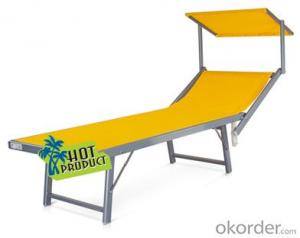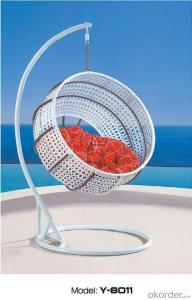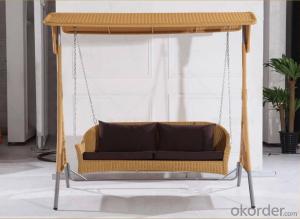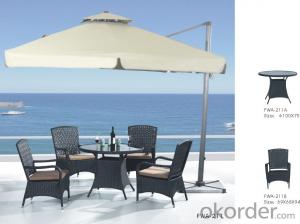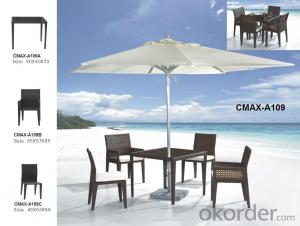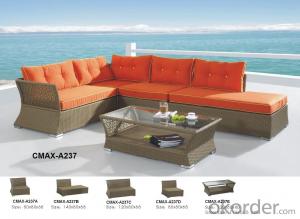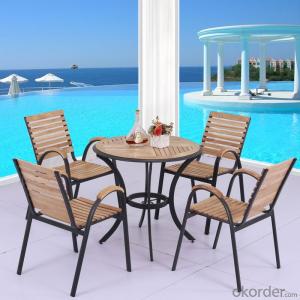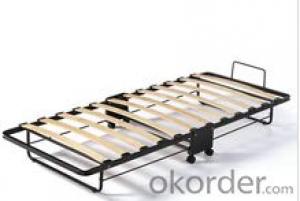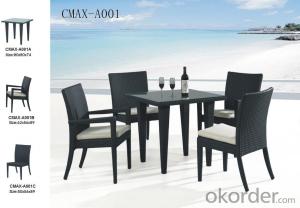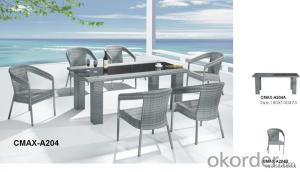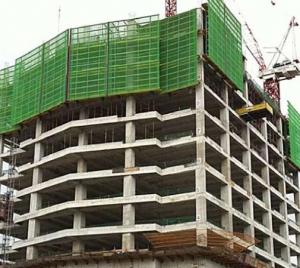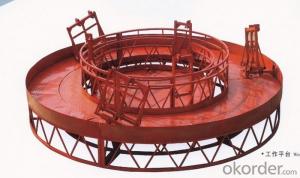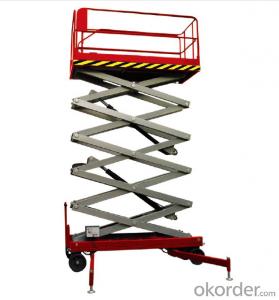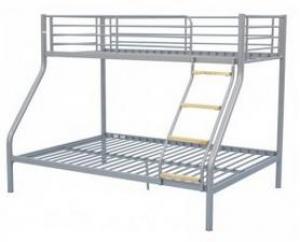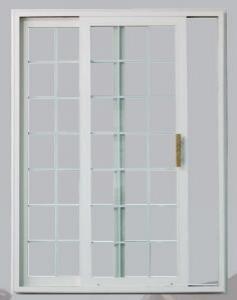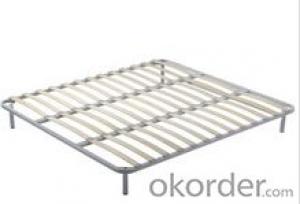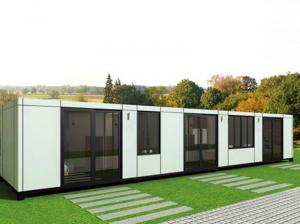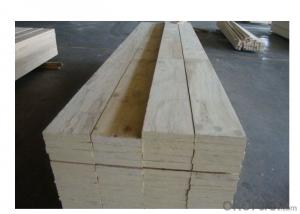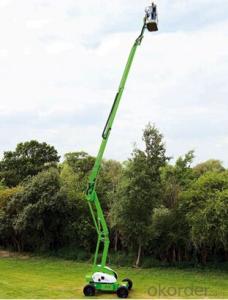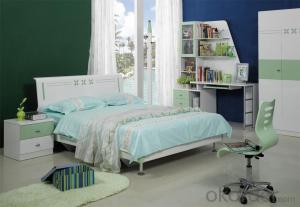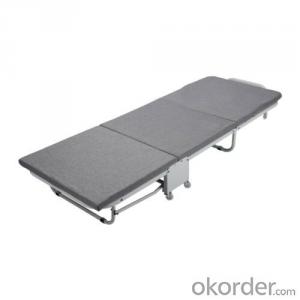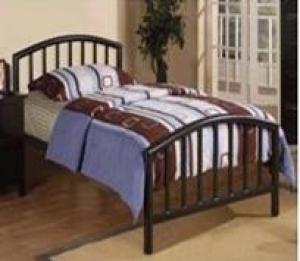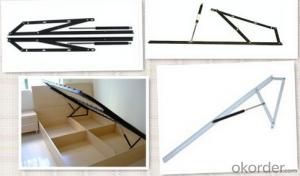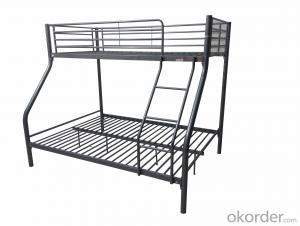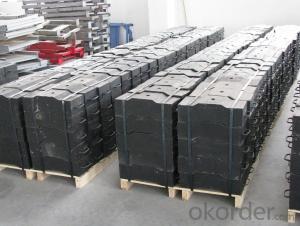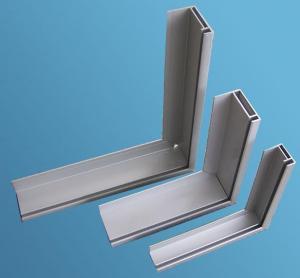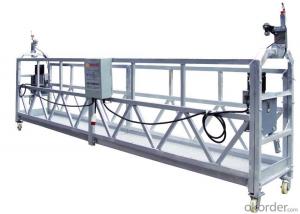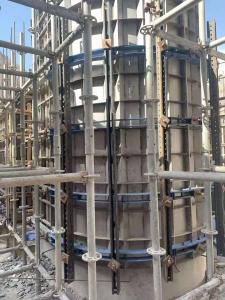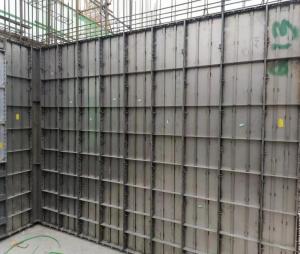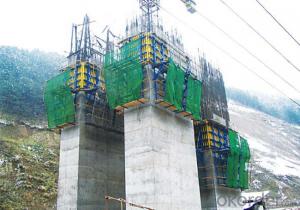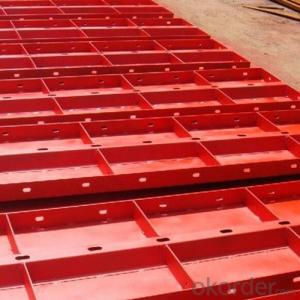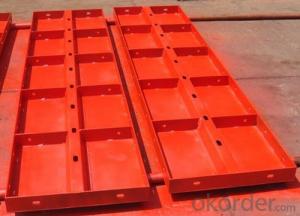Platform Bed Frame
Platform Bed Frame Related Searches
Galvanized Steel Garden Bed Galvanized Steel Raised Bed Canister Sets Stainless Steel Aluminum Ball From Foil Fine Bone China Dinnerware Aluminum Diamond Plate Bed Rails Ball Aluminum Stock Iron Full Bed Frame Iron Frame Bed Pe TapeHot Searches
Used Hotel Patio Furniture For Sale Wicker Stools For Sale Outdoor Led Screen Price Alcoa Aluminum Stock Price Today 1 4 Aluminum Plate Home Depot 1/4 Aluminum Plate Home Depot 1 8 Aluminum Plate Home Depot Outdoor Led Screen Cost Outdoor Led Screen Manufacturers Outdoor Led Signs Wholesale 1/2 Inch Aluminum Plate Near Me 1/4 Inch Aluminum Plate Near Me 1 4 Inch Aluminum Plate Near Me Outdoor Led Signs Prices Led Signs Outdoor Prices Aluminum Trim Coil Near Me 1/2 Aluminum Plate Near Me 1 4 Aluminum Plate Near Me 1/4 Aluminum Plate Near Me 3/8 Aluminum Plate Near MePlatform Bed Frame Supplier & Manufacturer from China
Okorder.com is a professional Platform Bed Frame supplier & manufacturer, offers integrated one-stop services including real-time quoting and online cargo tracking. We are funded by CNBM Group, a Fortune 500 enterprise and the largest Platform Bed Frame firm in China.Hot Products
FAQ
- Indeed, precast concrete cladding panels can be produced using steel formwork. Steel formwork is widely preferred for constructing the molds or forms required for precast concrete components, including cladding panels. The utilization of steel formwork brings about numerous advantages such as remarkable strength, longevity, and precision in dimensions. It can be conveniently shaped and sized according to the desired specifications, enabling intricate designs and patterns to be incorporated into the cladding panels. Furthermore, steel formwork can be repeatedly utilized, rendering it an economical choice for large-scale production of precast concrete cladding panels. Nevertheless, it is crucial to ensure appropriate surface treatment in order to prevent corrosion and uphold the quality and appearance of the cladding panels.
- Steel formwork can have a significant impact on the overall project budgeting. While the initial cost of steel formwork may be higher compared to other types of formwork, such as wood or plastic, it offers several advantages that can help offset the initial investment. Firstly, steel formwork is known for its durability and longevity. Unlike wood or plastic formwork, steel formwork can be reused multiple times without losing its structural integrity. This reusability factor reduces the need for frequent replacement or repair, thereby saving costs in the long run. Moreover, steel formwork provides a high-quality finish to concrete structures. The smooth and even finish achieved with steel formwork reduces the need for additional surface treatments or finishing work, resulting in cost savings. Additionally, steel formwork offers enhanced strength and stability, allowing for larger and more complex structures to be built. This can eliminate the need for additional support systems or reinforcements, which can be expensive and time-consuming. Furthermore, steel formwork is easy to assemble and dismantle, resulting in faster construction times. The quick turnaround time reduces labor costs and allows for earlier project completion, which can be particularly beneficial in time-sensitive projects. Lastly, steel formwork is resistant to weather conditions, such as moisture or extreme temperatures, which can negatively impact the formwork's effectiveness and lifespan. This resistance reduces the risk of formwork damage and replacement costs, thereby contributing to cost savings. Overall, while steel formwork may have a higher upfront cost, its durability, reusability, high-quality finish, strength, ease of use, and resistance to weather conditions can all contribute to cost savings in terms of reduced labor, material, and maintenance expenses. Therefore, steel formwork can have a positive impact on the overall project budgeting.
- To choose the right steel formwork, one must take into account various factors. Firstly, the strength and durability of the formwork are crucial. It should be able to bear the weight of the concrete and withstand the forces applied during pouring and curing. Additionally, it should maintain its structural integrity after multiple uses. Secondly, flexibility and adaptability are important considerations. The formwork should be easily adjustable and capable of accommodating different shapes and sizes of concrete elements. This is especially vital for complex or irregular structures. Next, the ease of assembly and dismantling plays a significant role. The formwork system should be quick and straightforward to put together and take apart, as this affects the overall construction timeline. The use of standardized components and a simple connection system can expedite this process. Furthermore, the surface finish of the concrete is a key factor, particularly for architectural projects. The steel formwork should provide a smooth and flawless surface without any visible marks or imperfections, ensuring a high-quality end result. Considering cost-effectiveness is also essential. The total cost of the formwork system, including the initial investment, maintenance, and reusability, should be taken into account. Although steel formwork may have a higher upfront cost, its durability and reusability make it a cost-effective choice in the long run. Safety is of paramount importance. The design and manufacture of the steel formwork should incorporate safety features such as non-slip surfaces, secure connections, and sufficient bracing to prevent accidents or collapses. Additionally, the environmental impact of the formwork material should be considered. Steel formwork is often considered more environmentally friendly than traditional timber formwork due to its ability to be reused and recycled. By considering these factors, construction professionals can make an informed decision when selecting steel formwork that meets their project requirements and delivers optimal results.
- Yes, steel formwork can be customized to meet different project requirements. Steel formwork is known for its versatility and flexibility, making it suitable for a wide range of construction projects. It can be easily adjusted and modified to accommodate various dimensions, shapes, and designs. Customizing steel formwork involves making alterations to its size, shape, and configuration to fit specific project requirements. This can be done through cutting, welding, and bending the steel sheets or frames to the desired specifications. Steel formwork can be easily modified on-site or in a workshop, allowing for quick adjustments and adaptations as necessary. Furthermore, the use of steel formwork allows for the creation of complex and intricate structures. It can be easily molded and shaped to meet unique project demands, including curved or irregular surfaces. Steel formwork can also be combined with other materials such as plywood or timber to enhance its versatility and further customize it to specific project requirements. In summary, steel formwork can be customized to cater to different project requirements due to its inherent flexibility and adaptability. Its ability to be modified and adjusted allows for the creation of diverse structures, making it a popular choice in the construction industry.
- Steel formwork can be connected using several common methods, including welding, bolting, and clamping. Welding is a popular choice due to its ability to create strong and permanent connections by melting two steel components together. However, skilled labor and specialized equipment are necessary for welding. Bolting is another frequently used method, which involves joining steel components using bolts and nuts. This method offers a flexible and adjustable connection, allowing for easy disassembly and reassembly of formwork panels. It is also relatively quick and does not require highly skilled labor. Clamping, on the other hand, utilizes clamps or couplers to connect steel formwork components. This method is often employed for temporary structures or when quick assembly and disassembly are required. Like bolting, clamping provides a flexible and adjustable connection, but it does not require tools or additional hardware. The choice of connection method for steel formwork depends on various factors, such as project requirements, desired level of permanence, ease of assembly, and available resources. Each method has its own advantages and disadvantages, so it is crucial to select the most suitable one based on the specific needs of the project.
- There are several types of steel formwork used in construction projects, including traditional steel formwork, modular steel formwork, and tunnel formwork. Traditional steel formwork involves the use of customized steel panels that are assembled on-site to create the desired formwork shape. Modular steel formwork consists of pre-made steel panels that can be easily fitted together to form various shapes and sizes. Tunnel formwork, on the other hand, is a specialized type of steel formwork used in tunnel construction, where large steel sections are assembled to create a continuous tunnel structure.
- Steel formwork is generally not considered suitable for projects with high concrete temperature requirements. This is because steel has a high thermal conductivity, meaning it can rapidly transfer and dissipate heat. When exposed to high concrete temperatures, steel formwork can become extremely hot, potentially leading to deformation, warping, or even failure. In contrast, materials with lower thermal conductivity, such as timber or plastic formwork, are better suited for projects with high concrete temperature requirements. These materials provide better insulation and can handle the increased heat without compromising their structural integrity. However, it's important to note that there are certain types of steel formwork that are specifically designed to withstand higher concrete temperatures. These specialized formwork systems are typically made from heat-resistant alloys or have additional insulation layers to minimize the impact of temperature on the steel. Ultimately, the suitability of steel formwork for projects with high concrete temperature requirements depends on the specific type of steel formwork being used and its ability to withstand and dissipate heat effectively. It is recommended to consult with structural engineers and formwork suppliers to determine the most appropriate formwork material for such projects.
- Bridge construction can indeed utilize steel formwork. This adaptable and robust material provides the necessary strength and stability throughout the construction process. It is suitable for various types of bridges, including beam bridges, arch bridges, and cable-stayed bridges. Steel formwork brings numerous advantages to bridge construction, such as easy assembly and disassembly, a high capacity for bearing loads, resistance to different weather conditions, and the ability to be reused multiple times. Moreover, steel formwork enables precise shaping and finishing of bridge components, ensuring a final structure of exceptional quality and aesthetic appeal. In summary, steel formwork proves to be a dependable and efficient choice for bridge construction projects.

